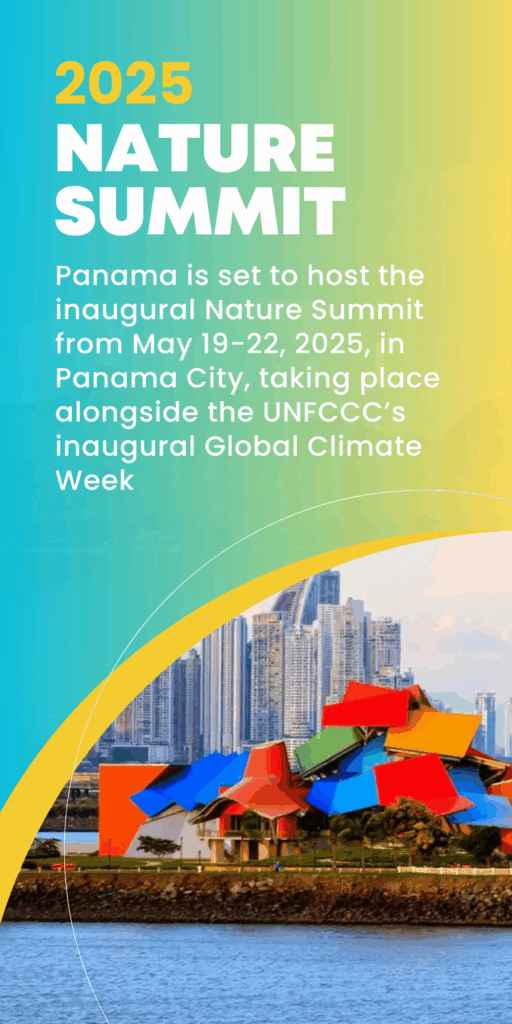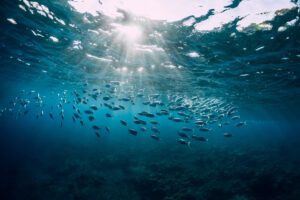Key Impact Points:
- Chile leads effort to close fisheries and designate a high seas MPA around Salas y Gómez and Nazca ridges.
- Over 90 endangered and vulnerable species inhabit these underwater mountain chains.
- Decision expected by 2026, as global campaign urges High Seas Treaty ratification.
A Race to Protect One of the Pacific’s Wildest Frontiers
The Salas y Gómez and Nazca ridges — a 3,000km stretch of seamounts from Rapa Nui to the coasts of Chile and Peru — are among the most ecologically rich and fragile ecosystems on the planet. These underwater mountain chains host the world’s highest known marine endemism levels and are home to more than 90 endangered, near-threatened or vulnerable species, including sharks, whales, and deep-sea corals.
“These peaks boast the highest ever recorded levels of marine endemism,” and serve as vital breeding grounds for species like jack mackerel and the Humboldt giant flying squid.
Yet, industrial fishing, including bottom trawling, threatens this biodiversity before much of it is even studied. While Chile has protected parts of the ridges within its waters through large-scale marine protected areas (MPAs), most of the ridges lie in international waters governed by the South Pacific Regional Fisheries Management Organisation (SPRFMO).
SPRFMO Inches Toward Action, But the Clock Is Ticking
At the SPRFMO’s 2025 meeting in Santiago, member states agreed to make a decision by 2026 on the future management of the region, including Chile’s proposal for a permanent fishing ban.
This follows a 2024 decision in Ecuador, where SPRFMO’s scientific committee was mandated to “compile and review all relevant scientific information and data about the area and recommend possible measures.”
A task team — supported by the Coral Reefs of the High Seas Coalition, including Oceana, Conservation International and others — is now assembling the scientific basis for protection. The coalition stresses the urgency:
“We are pouring our efforts into helping the work of the task team, with support from our regional research partners, so the scientific committee understands the urgent need for protection.”
Turning the Tide with the High Seas Treaty
The effort to protect these ridges is emblematic of the broader push to implement the 2023 High Seas Treaty. Once ratified by 60 countries (currently only 21 have), the treaty will provide a legal framework to create MPAs across international waters — which cover 43% of the Earth’s surface.
NGOs under the “Together for the Ocean” campaign are urging governments to ratify the treaty by June 2025, ahead of the UN Ocean Conference in France.
Despite global commitments to protect 30% of the ocean by 2030 (the “30×30” target), only 8.3% is currently designated as protected — and much of that lacks effective enforcement.
“The ocean is so vast, productive and biodiverse that we have enough space to have both healthy fisheries and an important portion designated as MPAs. These efforts must not be seen as opposing forces.”
A Blueprint for Future Ocean Protection
Chile’s proposed fisheries closure would be a pivotal first step — paving the way for full MPA designation under the High Seas Treaty. Governments must now bring their best scientists and strongest political will to the table.
“We are calling on governments to take bold, science-led steps to secure lasting protection for these irreplaceable underwater havens for biodiversity – starting with a fisheries closure in early 2026, followed by urgent action to deliver MPA designation under the High Seas Treaty.”












